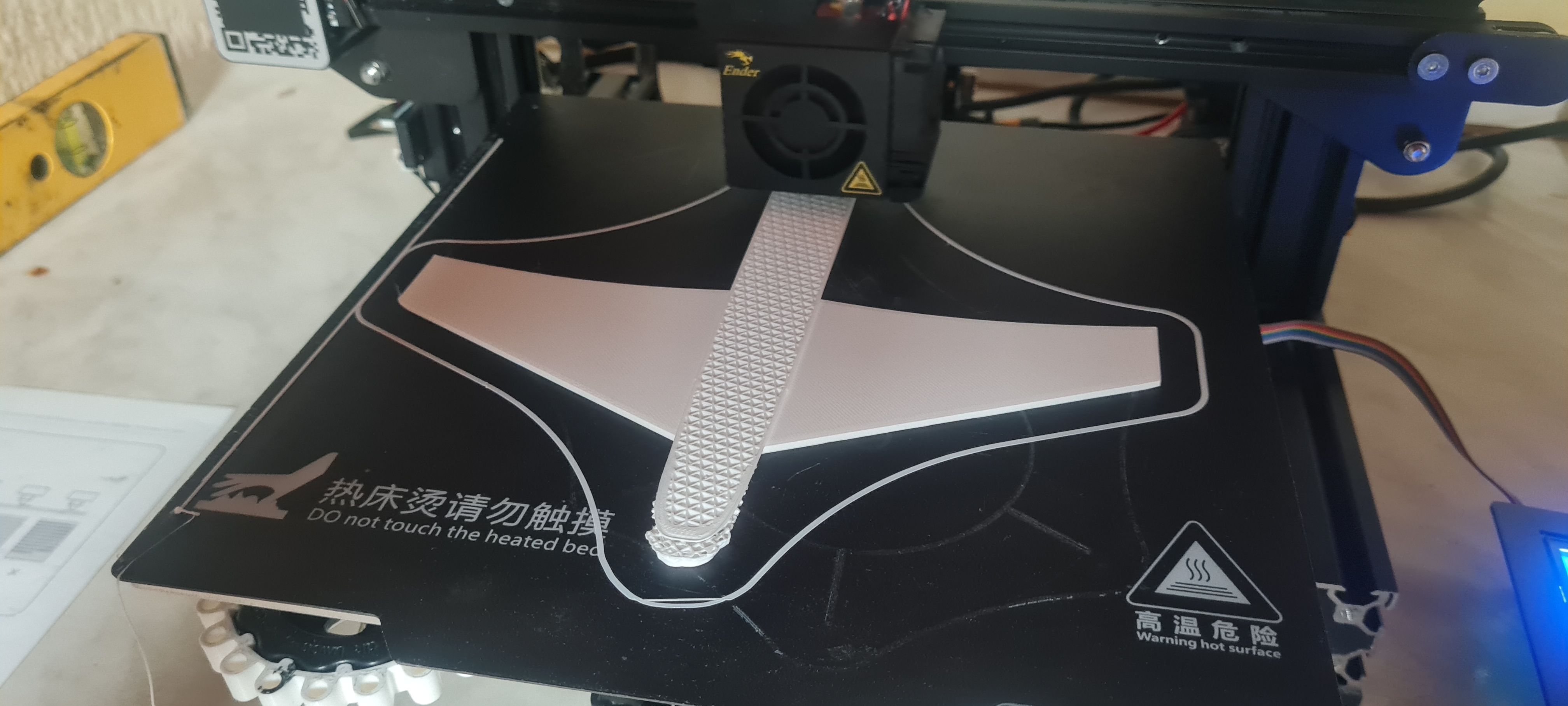
"Acute Respiratory Distress Syndrome." Medscape. "Acute Respiratory Distress Syndrome Clinical Presentation." Medscape. Rates for ARDS depend upon the cause associated with it, but can vary from 48% There have been genetic factors linked to ARDS. Low levels of oxygen in the blood, which can cause your organs to fail. Signs and symptoms of are shortness of breath and Your doctor can tell what levels are normal for you.īlood Oxygen Levels Chart Using a Pulse Oximetry ConditionĪcute respiratory distress syndrome (ARDS) is a lung condition in which trauma to the lungs leads to inflammation of the lungs, accumulation of fluid in the alveolar air sacs, low blood oxygen, and respiratory distress.ĪRDS can be life-threatening. Note: Normal levels may vary if you have lung disorders. The normal oxygen levels in a pulse oximeter usually range from 95% to 100%.Cyanosis develops when the SpO2 level drops below 67%.The brain gets affected when the SpO2 level falls below 80-85%.This test may be slightly less accurate than ABG but is easier to perform than ABG tests when needed quickly. The reading appears on the pulse oximeter screen. The procedure is very simple and requires only clipping the pulse oximeter in between any of the fingers for a few seconds. The test that measures blood oxygen levels using a pulse oximeter is known as pulse oximetry. Blood oxygen levels are indicated as SpO2, which is the percent saturation of oxygen in the blood.It is also used to monitor the response of your body to certain medications or supplemental oxygen.It is most commonly used when doctors want to know your blood oxygen levels quickly.How are blood oxygen levels checked using a pulse oximeter?Ī pulse oximeter is a small, mobile, and handy medical device. QUESTION COPD (chronic obstructive pulmonary disease) is the same as adult-onset asthma. Decreased capacity of the heart to supply the oxygenated blood back to the lungs: The most common causes are congenital heart diseases (heart defects present by birth).Sleep apnea (temporary cessation of breathing during sleep).Interstitial lung disease (a large group of lung disorders that generally cause progressive scarring of the lungs).Pulmonary fibrosis (scarring of the lungs).Pulmonary edema (the lung swells due to build-up of fluid).Acute respiratory distress syndrome ( ARDS).Pneumothorax (leaking of air in the space between the lung and chest wall).Emphysema (damage of the air sacs in the lung).This can be caused by lung conditions that include:.Decreased capacity of the body to take in oxygen:.Low air oxygen levels: Atmospheric oxygen becomes extremely low at high altitudes such as mountainous regions.What causes blood oxygen levels to become low?īlood oxygen levels can get low due to any of the problems that include: This is mostly seen in hospitals when patients are exposed to high pressures of supplemental oxygen for prolonged periods (3 to more than 10 hours).

Hyperoxemia is generally detected using ABG testing and is defined as blood oxygen levels above 120 mmHg. Blood oxygen levels below 90% are considered low (hypoxemia).Supplemental oxygen is provided through an oxygen cylinder that is connected to the nose via a tube, with or without a mask. Levels under 60 mmHg are considered very low and indicate the need for supplemental oxygen.When the level goes below 75 mmHg, the condition is generally termed hypoxemia.Normal arterial oxygen pressure (PaO2) measured using the arterial blood gas (ABG) test is approximately 75 to 100 millimeters of mercury (75-100 mmHg).

Hyperoxemia is generally detected using ABG testing and is defined as blood oxygen levels above 120 mmHg.The blood will be put in an ABG machine (blood gas analyzer) that provides your blood oxygen levels in the form of the partial pressure of oxygen (PaO2).

Blood oxygen levels can also be measured using an instrument known as a pulse oximeter.īlood oxygen levels (arterial oxygen) indicate the oxygen levels present in the blood that flows through the arteries of the body.Īn ABG test uses blood drawn from an artery, where the oxygen and carbon dioxide levels can be measured before they enter body tissues.


 0 kommentar(er)
0 kommentar(er)
